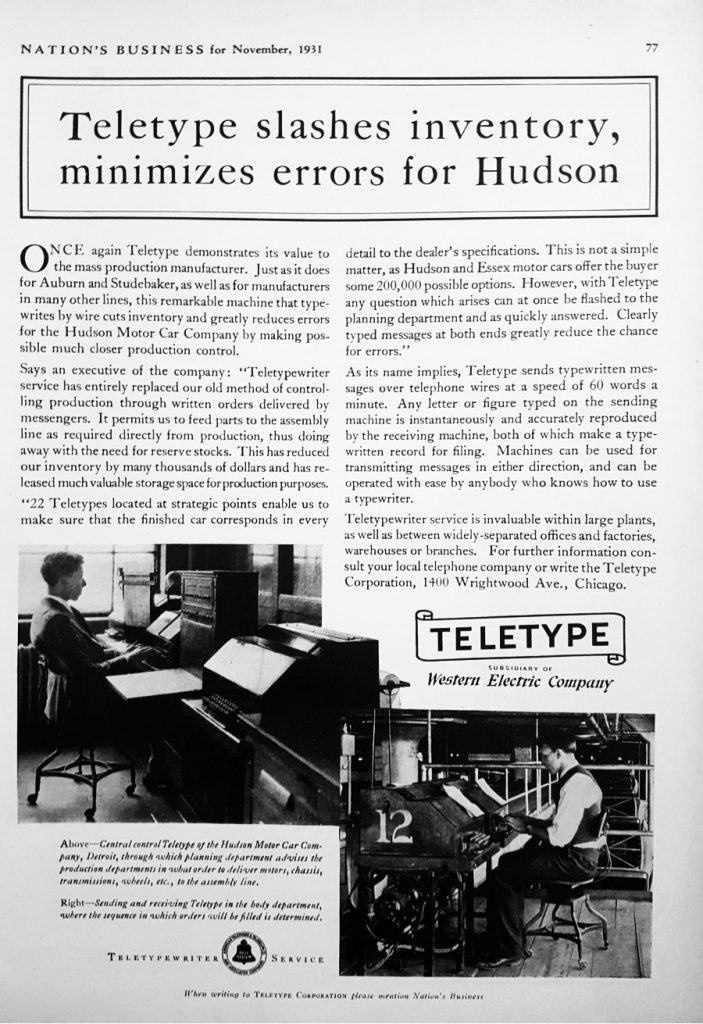When Julius Caesar’s army crossed the Rubicon it marked a point of no return, triggering a civil war that eventually led to the establishment of his dictatorship in Rome. The Ethiopian government’s decision to invade Tigray is a similar moment. A civil war has begun, and Prime Minister Abiy Ahmed has wagered that a victorious outcome will lead to the consolidation of his rule. By eliminating all traces of opposition, he hopes to extend his power over Ethiopia’s federal regions. Although the actual result may very well be the opposite, there can probably be no reversal of the process Abiy has initiated. Its ramifications for the region are likely to linger for generations, and it is possible that the viability of a united Ethiopia has now been fatally undermined.
Of Ethiopia’s ten regional states Tigray is the fifth largest, positioned in the far north of country, just beneath Eritrea. Its 7 million-strong population consists of several ethnic groups – the biggest of which are the Tigrayans, with their own language, Tigrinya. Nationally, Tigrayans make up 7% of the total population, while the predominant ethnicities, Oromo and Amhara, represent 35% and 28% respectively. Tensions between Abiy (an Oromo) and the Tigrayan regional government have been growing for several years now. Abiy was appointed prime minister in 2018 when he became chairman of the Ethiopian People’s Revolutionary Democratic Front (EPRDF). At that time, this umbrella organization included the Tigray People’s Liberation Front (TPLF), the ruling body in Tigray region, which made Abiy the official representative of the Tigrayans. But while the TPLF had previously been the dominant constituent party in the EPRDF, Abiy began to sideline them once he came to power: systematically removing officials of Tigrayan descent, singling them out for arrest on corruption charges, and even broadcasting hostile documentaries about Tigrayans on Ethiopian state TV.
Alongside these actions came a political shift which further alienated the TPLF: Abiy moved away from the developmentalist model long endorsed by the EPRDF and toward a more investor-friendly economy. As a result, when the prime minister tried to incorporate the EPRDF into his new Prosperity Party in 2019, the TPLF opted out. Instead, they hoped to build an alliance with other federalist forces to contest the much-anticipated August 2020 elections. Fearing that the outcome of this vote might weaken his power, but using the fig leaf of the global pandemic, Abiy indefinitely postponed the ballot and imprisoned the full spectrum of opposition leaders on trumped-up charges. Tigray went ahead with its regional election anyway and declared that it no longer recognized the legitimacy of the central government, as its legal term-limit had expired. This was an act of insubordination that could not go unpunished. Almost immediately, Abiy began to amass troops along Tigray’s borders.
On the banks of the Tekeze River – which runs between Ethiopia’s Tigray region, Eritrea and Sudan – the mass movement of armies and refugees is now taking place. Eritrean president Isaias Afwerki has been aiding Abiy’s incursions, as the two leaders share an enemy in the TPLF. Isaias wishes to eliminate Tigray’s political autonomy and turn it back into Eritrea’s backwater, economically dependent on its larger neighbour. The Eritrean regime can live with any Ethiopian internal arrangement that serves this purpose. With that in mind, Isaias and Abiy, after formally ending the 1998-2000 border war, have pursued a ‘peace process’ built around their joint hostility to Tigray.
Whatever the casus belli, Ethiopian and Eritrean troops, as well as Amhara militias, had been readied for battle well in advance. As skirmishes broke out in early November 2020, federal Ethiopian and Eritrean troops crossed the Tekeze and began operations against Tigray’s regional forces. The assault was replicated further south, as the Ethiopian army joined with ethnic militias to push into Tigray from across the Angereb river – a Tekeze tributary that separates Tigray from the Amhara region. They were reportedly assisted by United Arab Emirates drones, operating from an Eritrean base, while the US – still in the dying days of the Trump era – offered its diplomatic support. For months, it appeared as if all the world’s ghouls had descended upon Tigray to wreak havoc.
Despite the banning of independent journalists and a communication shutdown in the whole Tigrayan region, the grim news managed to seep out. Mass executions of civilians have been reported almost daily. In the city of Axum alone, Eritrean troops systematically massacred several hundred civilians during two November days as Ethiopian forces looked on. The weaponized rape of civilians has become so common that even the Ethiopian government has been compelled to acknowledge it. A widespread famine now looms after humanitarian organizations were prevented from offering support. According to the World Peace Foundation’s Alex de Waal, the situation in Tigray amounts to ‘one of the most grievous mass atrocities of our era’.
Meanwhile, the Tigrean economy has been reduced to rubble. Organized looting is occurring, with the loot sometimes turning up in the Ethiopian capital Addis Ababa, or abroad in Eritrea. Entire factories have been demolished. Universities, schools, hospitals and pharmacies have been plundered and sacked, prompting a public health emergency. Such indiscriminate violence has forced tens of thousands of refugees to wade and swim across the Tekeze toward refugee camps in neighbouring Sudan – still standing from the 1985 famine and Mengistu’s wars in the region. International headlines about this migration caused such embarrassment in Addis Ababa that the government decided to close the border. Further clashes have since broken out between Ethiopia and Sudan, threatening to spiral into a full regional war.
Having feted Abiy as a democratic reformer (and awarded him a Nobel Peace Prize), the Western states that doled out money and weaponry to the Ethiopian government in the lead-up to the assault have been reluctant to cut their losses amid the current wave of destruction. Western motives for embracing Abiy’s government vary: to pry Ethiopia away from its close relationship with China; to open up the country’s monopolies and protected sectors for foreign investment; and to reward Abiy for breaking with EPRDF’s developmental statist ideology and embracing international financial institutions. (These endeavours have been aided by the West’s regional allies: Israel, the UAE and Saudi Arabia.) Thus, the European Union initially said little about the war in Tigray, while the US openly supported it. But over the past months the shocking level of violence has shaken the West’s resolve. EU envoys are now speaking out against Addis Ababa’s humanitarian blockade in increasingly harsh terms, and the Biden administration has been making loud condemnations of its military campaign. Sensing this shifting rhetoric, in January the UAE began to dismantle its drone base in Eritrea.
But the narrative of the democratic reformer has always been a ruse. Abiy may have released political prisoners of the erstwhile regime when he came to power, but he soon refilled the prisons with his own opponents. Many high-profile assassinations have occurred without a plausible explanation from his government, and troops have repeatedly fired into civilian demonstrations. Though Abiy presents himself as a departure from his predecessors, it ought to be noted that he dutifully served as a minister and a security chief in the previous administration. No one should be feigning shock at his authoritarian manoeuvres. Although the EPRDF established federalism in Ethiopia after Mengistu’s regime was toppled in 1991, Abiy is now seeking to revive a centralised system. The country’s parliamentary model and devolution of powers – two core principles of the federal constitution – are obstacles to his grand design, as they entail checks and balances on executive power. Free elections also create the possibility that any regional states could be governed by an opposition party, making a major rehaul of the constitution an imperative for Abiy and his allies.
Yet if Abiy’s crossing of the Tekeze is an entirely predictable power-grab, there are also other interests at play. For Amhara nationalists, who have been lending their support to the assault on Tigray, the conflict is a continuation of the Ethiopian civil war. Until 1991 the Amhara had been the dominant ethnic group in Ethiopia, holding disproportionate power in all cities and regional administrations. This changed when the EPRDF came to power, instituting an ethnic federalism which made them a minority everywhere outside of the Amhara region and Addis Ababa. The aim of Amhara nationalists is to reverse this settlement and reclaim their position. As such, they are also looking to incorporate territory that is now part of Tigray – Raya, Welkaitand West Tigray – into the Amhara National Regional State. In some cases, a new Amhara administration has already been established in these areas, with ethnic Tigrayans forcibly removed. A US government report notes that what has occurred in regions under Amhara militia control constitutes ‘a systematic campaign of ethnic cleansing’.
Both Abiy and the Amhara forces are thus fighting to reverse the outcome of the 1975–1991 civil war and replace the federal order with a more centralised form of government. (Although, for the Amhara, the current strategy of regional state irredentism is somewhat contradictory: why annex territory from one regional state to another, if the federation as a whole must be abolished in any case?) This ambition overlaps with that of pan-Ethiopian nationalists, who have always been opposed to the federal system on principled grounds – seeing it as a block on Ethiopian unity. That these forces should have come together alongside the Eritrean army is a historic irony, since it was the very same Amhara and pan-Ethiopian centralist coalition that the Eritreans were forced to fight – over the course of 30 years – to achieve national independence, and thus make the Tekeze an international border.
Meanwhile, the Eritrean government is fighting to reverse the outcome of the 1998-2000 border war, seeking revenge for its embarrassing defeat at the hands of a Tigrayan-led Ethiopian army. What we have, then, are various interlocking marriages of convenience. The Ethiopian and Eritrean governments have made peace so that they can make war on Tigray together. The Prosperity Party has wedded itself to the Amhara nationalists and pan-Ethiopianists who opposed the EPRDF. And these nationalist forces have, in turn, allied with their longstanding Eritrean adversaries.
In one sense, the core aim of pan-Ethiopian centralist forces is to remodel relations between centre and periphery back into a stark vertical shape. This project has been attempted and defeated before; and given the strength of opposition from Ethiopia’s most populous regions it is even less likely to succeed this time around. Federalism has given people an experience of limited but real self-administration that many are loath to surrender. The re-centralizing project, by contrast, represents the desire of a minority. Its execution already is requiring intense repression, and ultimately civil war.
Convincing the Tigrayan people that their future lies in a united Ethiopia will likewise be a tall order. Tigray has long borne the brunt of Ethiopian militarism. The first Woyanne rebellion in 1943 saw the British air force intervene on the side of the imperial Ethiopian army to crush it. During the 1975-1991 civil war (dubbed the second Woyanne rebellion in Tigray), the region was bombed relentlessly by Mengistu’s air force. Now, less than three decades after Mengistu’s defeat, the bombers have returned – and Tigrayans have few choices other than resistance or subjugation to a violent, centralised regime.
Tigray’s regional forces are far from defeated – and it is unlikely that they will ever be, given the unpopularity of the invading forces. The occupying armies, despite their superior armaments and resources, have primarily captured the main highways and a string of cities along them. Beyond that, they can do little but make occasional raids into an unfriendly hinterland. The invasion has moreover failed in its ostensible purpose: to capture the leaders of the regional government of Tigray, who are still at large and directing the resistance. Massacres of civilians, as repulsive as they are, can thus be read as a sign of weakness – reflecting the frustration of the invaders.
Since the 1990s, it was generally assumed that Ethiopia had turned the corner. Despite all the deficiencies in the implementation of federal order, the impression was that things had changed for good: the imperial ambitions of Addis Ababa had ebbed away; relations between Ethiopian nationalities were more equal and peaceful; and the state was ready to embed itself in a multilateral order. Such illusions have been dispelled by the brutal attack on Tigray. The Rubicon has been crossed, and there is no route back to the comforting myth that political or legal institutions can guarantee harmony between Ethiopian nationalities, or democratic autonomy for its states. Even if Tigray repels the invaders, what is there to guarantee that future rulers in Addis Ababa will not similarly run roughshod over popular aspirations, pit regions against one another, or call in the Eritreans to quash domestic dissent? The demons of the past have been unleashed on Ethiopia, and no constitutional arrangement will be enough to hold them back.
Read on: Alex De Waal, ‘Exploiting Slavery’, NLR I/227.










